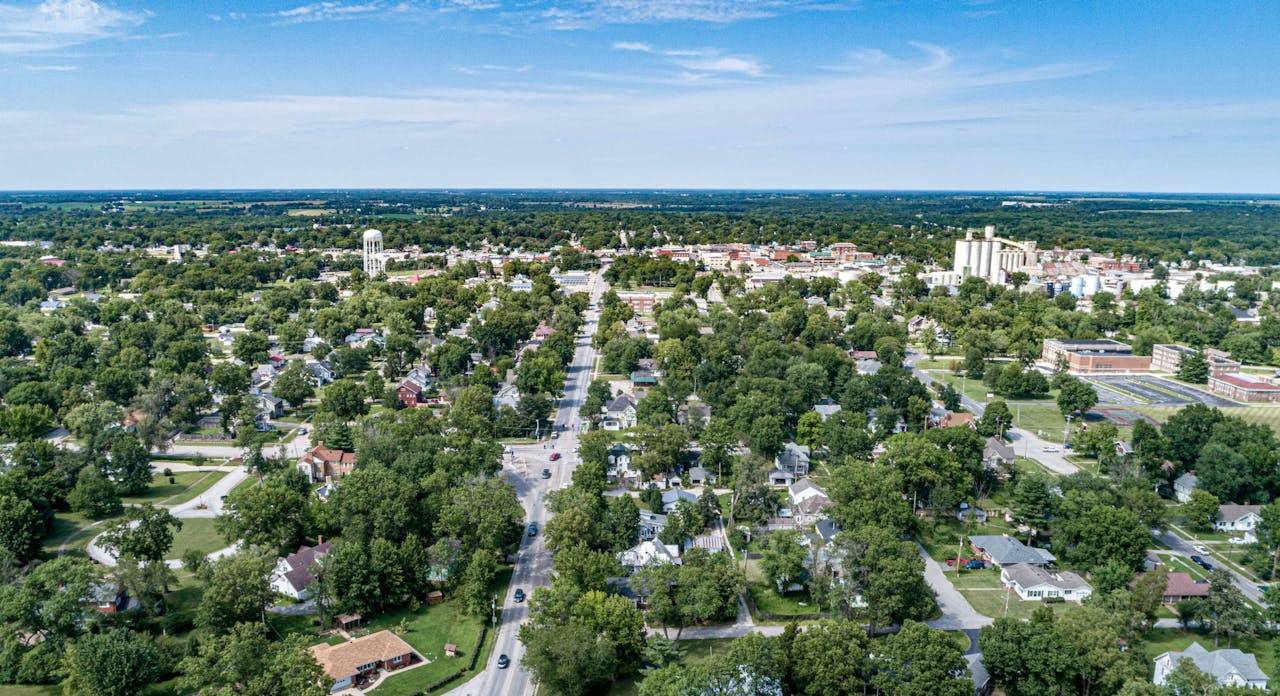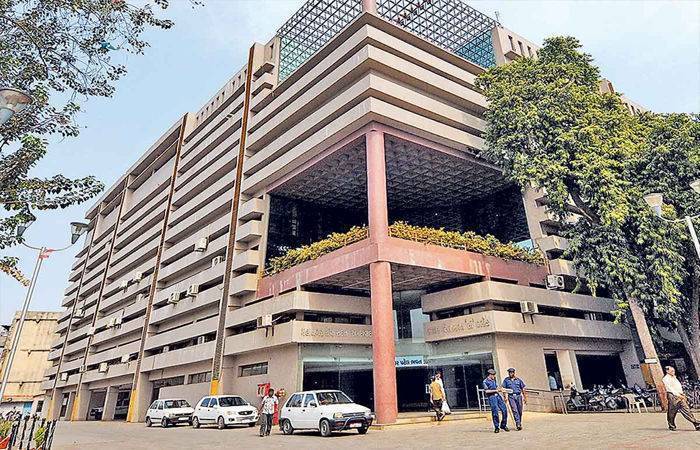India’s real estate sector saw a notable surge in investor interest on June 6, 2025, following the Reserve Bank of India’s decision to cut the repo rate by 50 basis points. The benchmark rate now stands at 5.5%, down from 6.0%. The move, aimed at supporting growth while managing inflation, has had an immediate impact on rate-sensitive sectors, with real estate stocks leading the day’s gains.
The Nifty Realty index rose 4.45% to 1,037.25, while the BSE Realty index climbed 4.55% to 8,054.96 by early afternoon. The rally was led by large-cap real estate firms, with several stocks registering substantial gains during the trading session.
Among the top performers was Godrej Properties, whose shares jumped 6.82% to close at ₹2,469.45. Prestige Estates followed closely with a 5.98% gain to ₹1,723.45. Shares of DLF, another major developer, rose 5.88% to ₹874, while Oberoi Realty advanced 5.28% to ₹1,895.70.
Other notable gainers included Sobha, up 4.66% to ₹1,679.60, and Macrotech Developers (Lodha), which rose 3.79% to ₹1,517.30. Mid-cap and smaller real estate players also benefitted from the positive market sentiment. Signature Global gained 3.63%, Brigade Enterprises rose 2.09%, Phoenix Mills climbed 1.47%, and Anant Raj Ltd edged up by 0.62%.
Impact of Rate Cut
The RBI’s decision to lower borrowing costs is expected to have a cascading effect on the housing market. Lower repo rates typically lead to cheaper home loans, which in turn boost housing demand. This impact is particularly relevant for the affordable and mid-income housing segments, which are highly sensitive to interest rates.
Experts say the latest cut will help revive buyer interest that had moderated in recent quarters due to higher home loan EMIs and rising property prices. The move is also expected to support developers through reduced capital costs and improved access to funding.
The recent rate cut was widely anticipated due to moderating inflation trends. Cheaper home loans are expected to improve affordability, which is essential for boosting sales in the affordable and mid-income housing segments. The affordable housing sector has faced significant challenges post-pandemic, with its share of total housing sales dropping considerably over recent years. However, a notable reduction in unsold inventory suggests that underlying demand remains robust.
The reduction in the Cash Reserve Ratio (CRR) is expected to inject additional liquidity into the banking system, giving banks more flexibility to lower home loan rates further. This liquidity boost will also help developers access capital needed to complete ongoing projects.
Nevertheless, global trade tensions and rising costs of imported construction materials may dampen some of the benefits brought by cheaper credit. Sustained recovery in the sector will likely depend on continued policy support and increased reliance on domestic sourcing of construction materials.
The rate cut is seen as a positive move to stimulate demand among both homebuyers and investors. Lower borrowing costs will not only make residential purchases more accessible but also reduce capital expenses for developers, improving profit margins.
The shift towards a neutral monetary policy stance reflects growing confidence in the country’s macroeconomic stability. Although this may be the final rate cut for the year, it is expected to contribute to broader economic recovery across real estate and related industries.
Falling repo rates are anticipated to push home loan interest rates below 7.75% in many cases, enhancing housing affordability, especially in Tier 2 and Tier 3 cities where interest rates significantly influence buyer decisions.
Market Outlook
This is the third rate cut by the RBI in 2025, bringing the total reduction in the repo rate this year to 100 basis points. The central bank’s actions are aimed at balancing the need to support growth while ensuring that inflation remains within its target range.
The move is seen as timely by industry stakeholders. The real estate sector, which has been recovering steadily post-pandemic, still faces challenges in terms of cost pressures and unsold inventory in certain segments. The latest rate cut is expected to provide much-needed momentum, particularly in affordable housing and mid-segment properties.
Developers are also expected to benefit from improved liquidity and lower funding costs, which could support the completion of stalled projects and encourage new launches in high-demand markets.
The RBI’s latest rate cut has provided an immediate boost to real estate stocks and is likely to have a positive impact on the housing market over the coming quarters. With housing affordability set to improve and credit availability expected to rise, the sector is poised for stronger performance in the months ahead.
However, stakeholders remain mindful of external risks such as global trade disruptions and material cost inflation, which could influence the sector’s medium-term trajectory. The next few quarters will reveal whether the momentum generated by this rate cut can be sustained across the broader real estate market.









